Rules for caring for red cabbage when grown in Russia
Occasionally, in the gardens you can find an interesting type of cabbage with a purple-brown head of cabbage. Because of such an unusual color of the leaves, this species got its name - red cabbage. This plant comes from the Mediterranean, and it appeared in Russian gardens four centuries ago, but since then the culture has not become widespread. Perhaps the reason was the unnatural appearance and stiffness of the leaves for the northern latitudes. It is worth noting that the latter is easily corrected with salt or hot water.
Varietal features
Red cabbage has a fairly wide variety of varieties, but not all of them are popular. Most often, the following species can be found in vegetable gardens.
- Calibas. The variety is native to the Czech Republic, its peculiarity is the conical shape of the heads of cabbage with a predominant purple color. It differs from others in that it tolerates heat and prolonged rainy weather more steadily. On average, the weight of an adult head of cabbage is from 1.5 to 2 kg.
- Auto F1 is a hybrid bred in Holland. Heads of cabbage rich dark red grow quite dense. The variety has many rosette leaves, thanks to which it endures unfavorable climatic conditions.
- Example F1 also bred in Holland, but differs from its brother in violet-purple leaves. This variety is excellent for long-term storage and stays fresh for 3-4 months after cutting from the garden.
- Summer debut. The variety was bred in Denmark and is early maturing. So, the technical ripeness of a vegetable occurs within 2 months after planting seedlings of 45 days of age. At the same time, an adult plant, if provided with proper care, has a rather dense head of cabbage weighing up to 2 kg.
- Stone head. This variety has perhaps the largest mass of mature plants. So, a ripe head of cabbage can reach a weight of 3.6 kg. In addition, the vegetable has a high yield percentage and is resistant to most diseases.
Features of growing red cabbage
Red cabbage, like other species of the cabbage family, requires some maintenance, as it is a long day plant. This means that the best option for the successful development of a plant will be a daylight hours of at least 14 hours. For best results, planting this vegetable as early as possible is recommended. This is facilitated by the fact that cabbage seeds can germinate even at a temperature that is quite low for some crops, +2 degrees. Of course, with such low thermometer readings, the growth process will be slightly slower than at the same +20 degrees.
If the red cabbage was planted in a warm season, then already on the 4th-5th day you can see how the first sprouts hatch. Not worth it beware of spring frostsespecially if the seedlings were planted 3 or 4 weeks ago. At this age, the plant can tolerate a drop in temperature to -6 degrees, albeit for a short period. If we talk about the temperature regime in general, then it can be noted that the best option would be care when the thermometer reads 15-18 degrees.
Advice
Do not expose red cabbage to too high temperatures, as in this case the growth of the vegetable slows down.
The cultivation of red cabbage varieties has a lot of similarities with caring for simple white cabbage. For example, in both cases, the plant needs to be given a lot of moisture.Despite this, due to a well-developed root system, the plant can easily withstand short-term drought. To obtain the maximum yield, it is recommended to grow seedlings on loamy soils, as they most effectively retain moisture, which will simplify the care of the plant in the future.
Preparing seeds and soil for planting
Seeds must be germinated before growing, as is the case with cabbage. To do this, first they are poured with moderately hot water, the temperature of which should be about 45-50 degrees. They are kept in liquid for 15 or 20 minutes, after which the seeds must be transferred to cold water for one minute. After this procedure, the seedlings will be hardened, and they can be stimulated.
Stimulation is essential for the rapid emergence of sprouts. To do this, you need to prepare a solution with the following components:
- a liter of boiled or settled water;
- a teaspoon of a compound fertilizer such as nitrophoska.
The seeds should lie in the resulting liquid for about 12 hours, after which they must be thoroughly rinsed under running water. Now the seedlings need to be put in a cool place or in a refrigerator for a day, where the temperature is set at around 1-2 degrees. Seed care is now complete and can be sown.
Before planting cabbage, you need to prepare a summer cottage by breaking the plots. This is done based on the size of the garden, as well as the illumination of the area. Despite its weakness for high temperatures, this species loves places in the sun. If we talk about soil, then it is worth adding to the above criteria that red cabbage does not tolerate planting in acidic soils. So, with the wrong choice of place, young shoots can be struck by the keel.
It is best to choose a site in the fall. The future bed must be dug up, while the soil also needs care. Organic and mineral fertilizers are added to it. If the site is located on acidic soil, then it can be neutralized by adding additional lime or ash at the rate of 200 g / 1 m2... Provided that all procedures were completed in the fall, cabbage cultivation can be started in the first months of spring.
Planting seeds and care
The time and month of sowing seeds must be chosen based on what kind of variety will grow on the site. Almost all of them can be planted in early March. And already closer to the end of April - early May, in order to continue growing, the sprouts can be planted in open ground. The signal to start transplanting is the appearance of 4 to 6 true leaves on young plants, which can form in the period from the 5th to the 7th week after sowing.
Planting seedlings in order to continue growing in the open field must be done taking into account the fact that an adult plant will need a lot of space. Therefore, under each seedling it is necessary to leave a rectangular area of 50 × 60 cm. If this condition is met, the cabbage will be able to develop a powerful root system and receive the required amount of nutrients for the development of a large head of cabbage.
Care of adult and young plants is somewhat different. So, young animals need regular watering, but it must be remembered that at a young age, red cabbage does not like both severe drought and a kidney oversaturated with moisture. In addition, the cultivation of young shoots involves periodic loosening of the soil with the removal of weeds. Also, do not forget to inspect plants for pests and diseased leaves.
Outcome
With proper care, the heads of the plant will be quite tight and dense by the time of harvest. If you do not delay the harvest, then the fruits will not lose their taste and can be stored for several years, remaining fresh.
Growing this culture is within the power of even inexperienced gardeners and gardeners. In addition, red cabbage is ideal for preparing salads and other dishes.You can eat it both fresh and pickled, but due to its toughness, this cabbage is completely unsuitable for pickling.
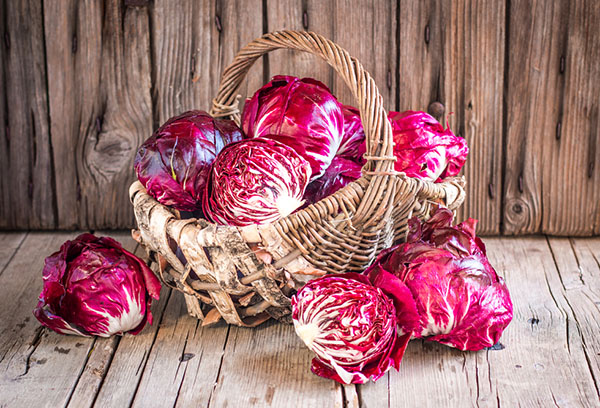
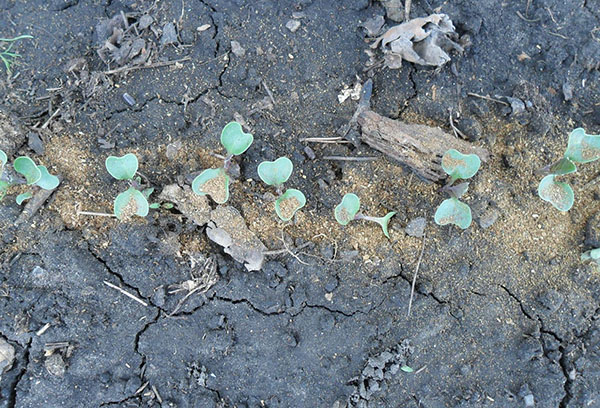

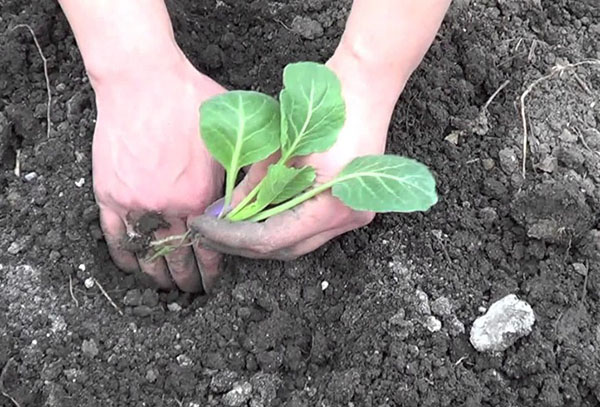
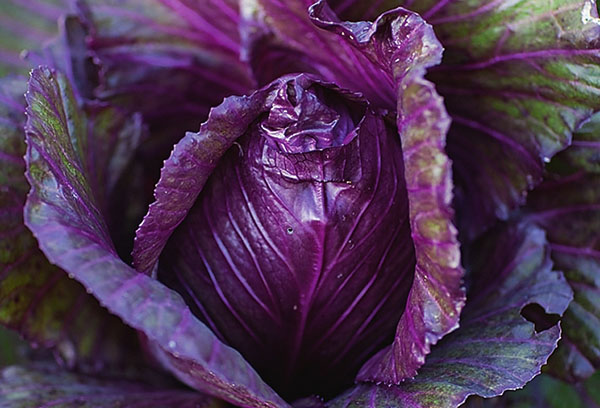
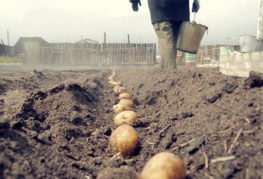
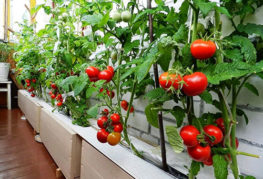
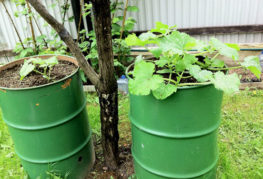
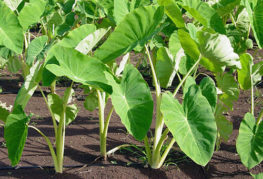


and will be published shortly.